You’re staying at home, hardly going anywhere except for essentials.
There’s not a lot to do.
Or, is there?
Have you ever taken the time to watch or listen to the birds around your yard, acreage, farmstead, ranch house or lake house?
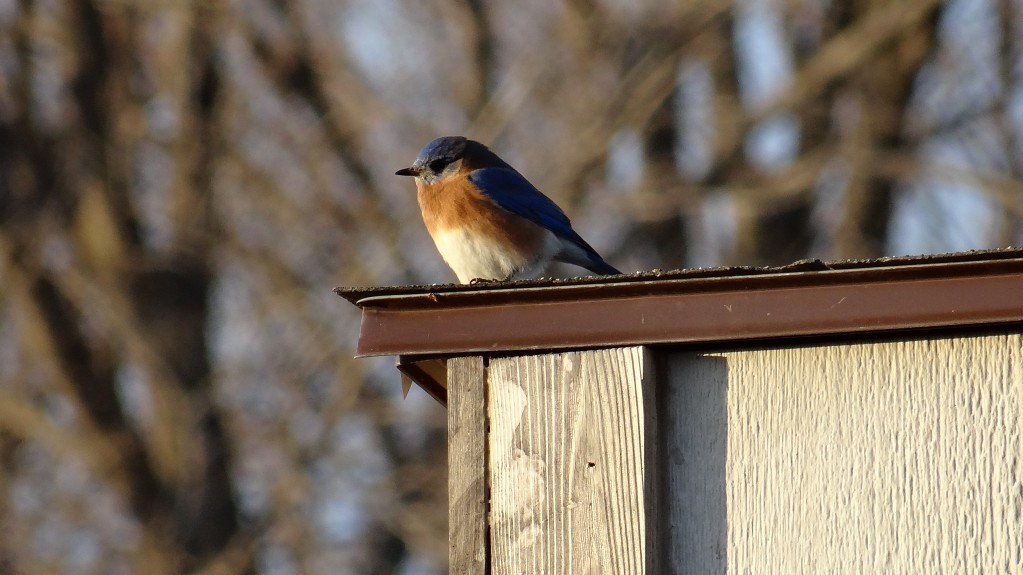
After all, it is spring and that means courtship, breeding and nesting.
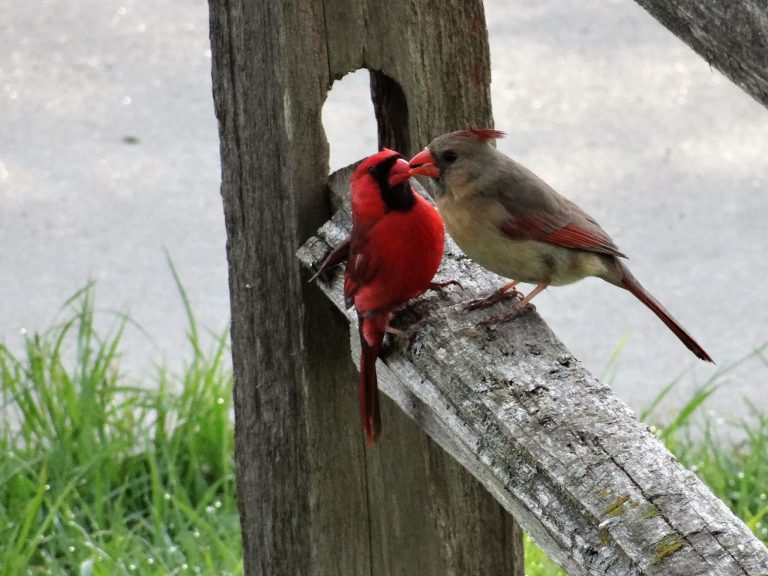
But spring is also means migration. Our overall diversity of birds peaks in early May, so new species arrive every day or week.

I have to be honest and admit to you that I am merely a recreational bird watcher. Don’t get me wrong, I thoroughly enjoy watching and listening to birds while trying to get some decent photos of them to share with you when I am outdoors.
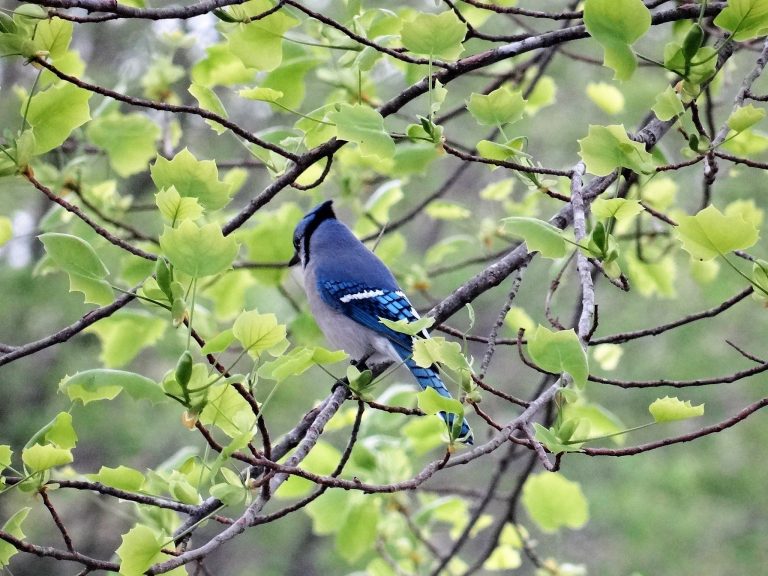
I am always interested in obtaining new and exciting facts about birds!
So, let’s address birds a bit more, because they matter!
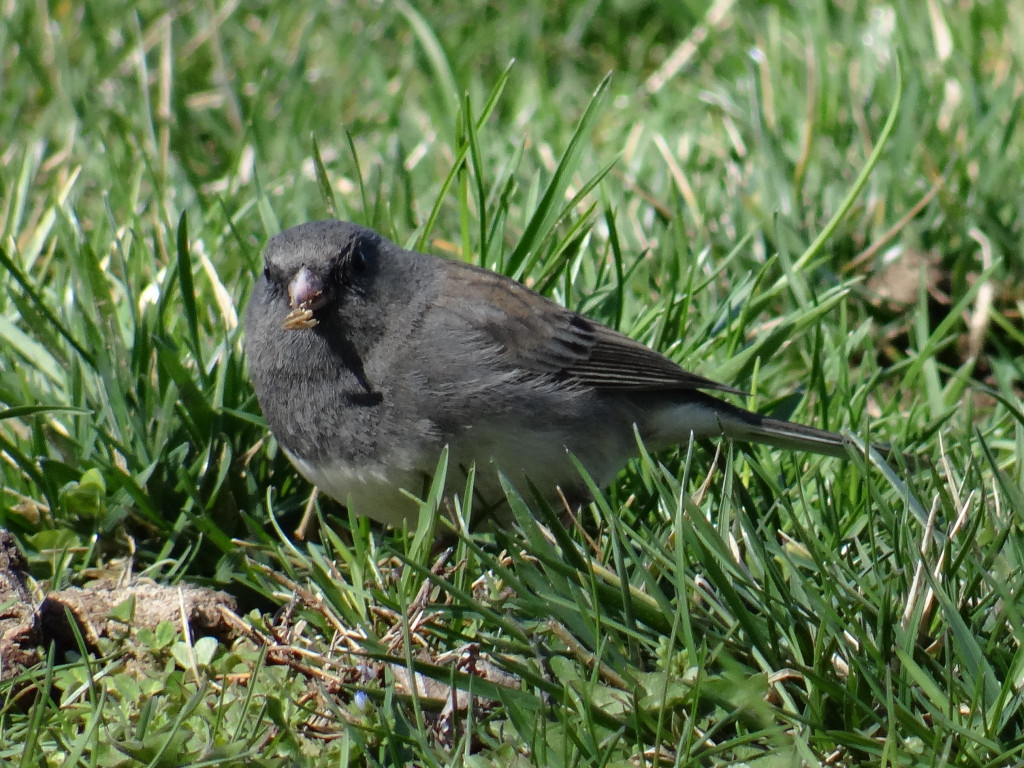
Birds are important because they keep ecosystems in balance. They pollinate our plants, disperse seeds, eat insects, scavenge carcasses and recycle nutrients back into the earth.
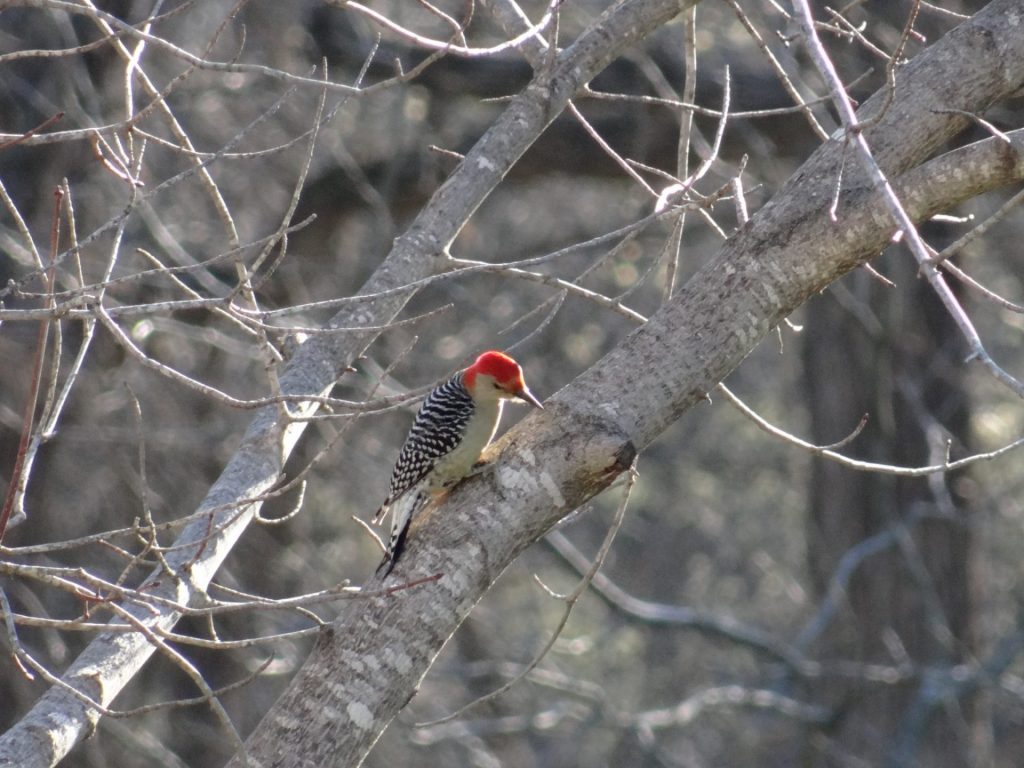
Birds are beneficial. They provide a barometer for our environment. But they also represent a sense of wildness and freedom wherever they exist. They mark the passage of the seasons. They feed our natural spirit. Hundreds of studies show the health benefits of sustained exposure to nature, mainly to birds.
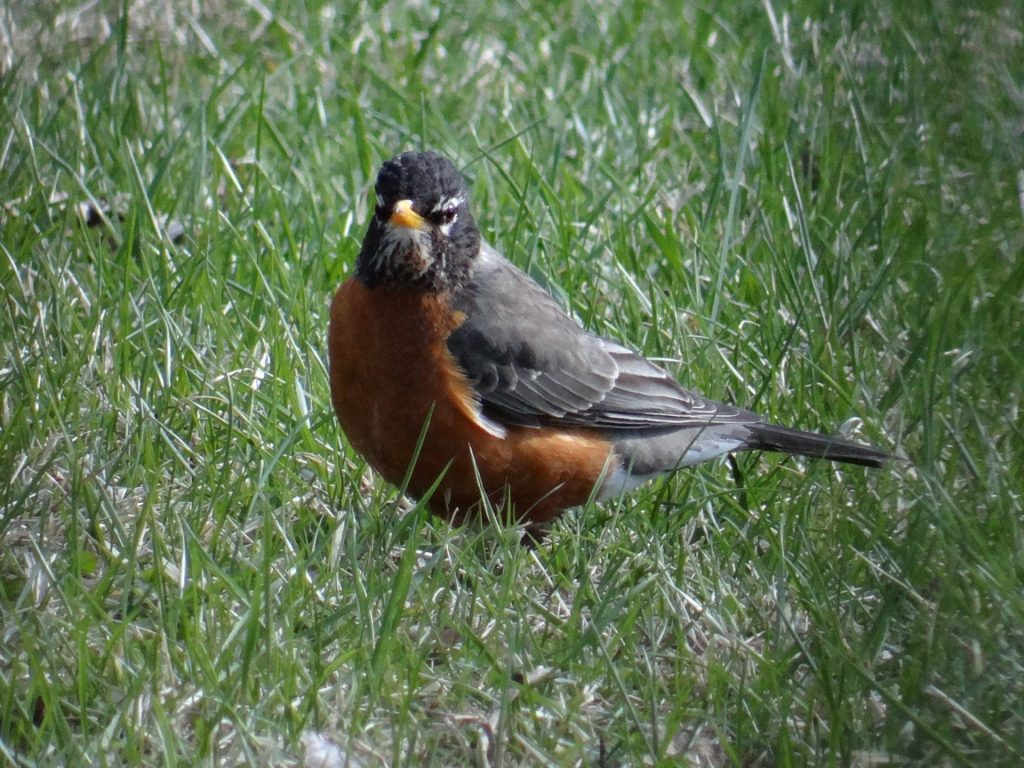
Imagine a world without them! I cannot.
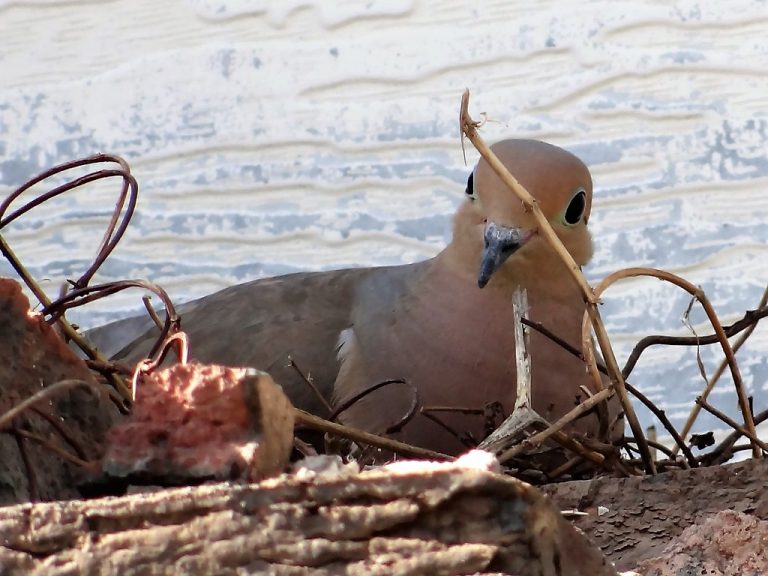
Think about us living in Nebraska. Our state is a broad, vast location where plant and wildlife communities reach their northern, southern, eastern and western limits, giving us rich biodiversity, and, therefore, offering abundant bird watching opportunities. Geographically, Nebraska is situated on a major bird migration route further adding to the spectrum of birds that can be seen, even by the casual observer.
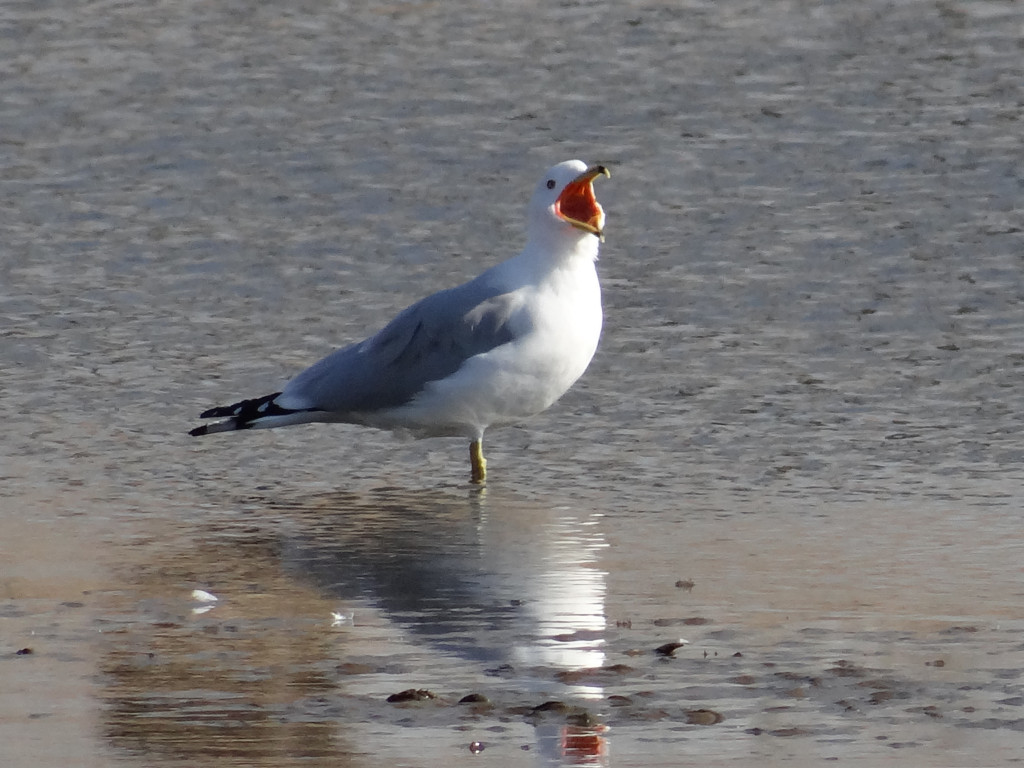
So, I encourage you, wherever you live, to stop, look and listen for birds in your area. You will find that they are all variable and such fascinating wild creatures!
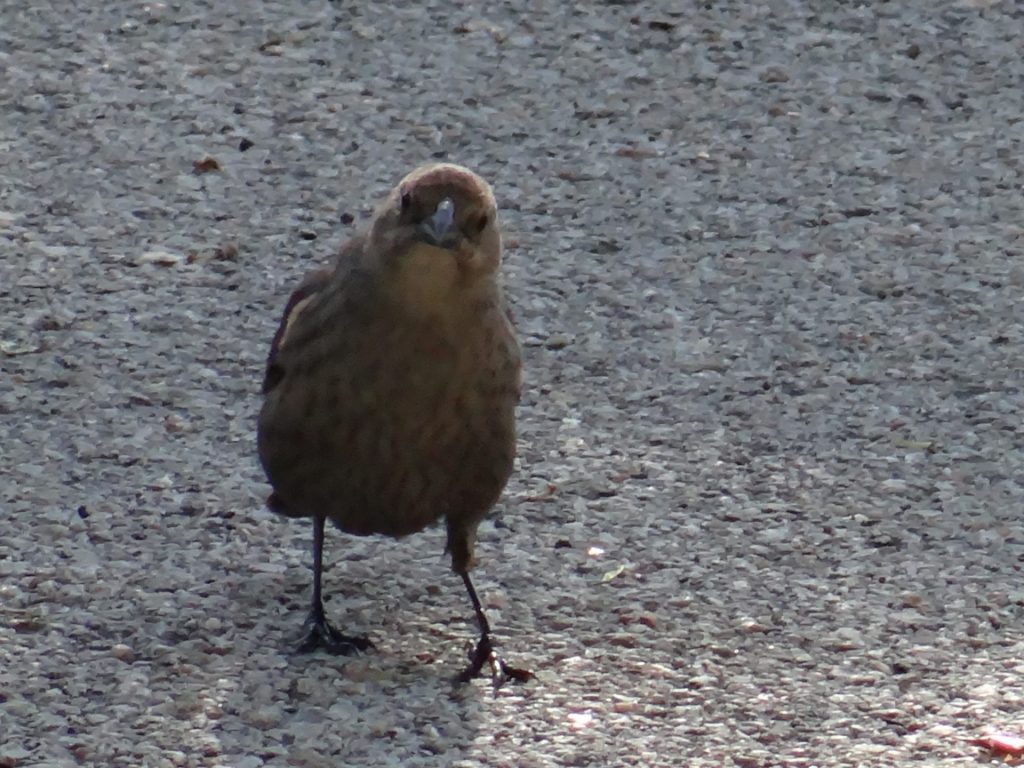
As a recreational bird watcher, here are seven helpful hints I have learned to increase the possibilities of seeing a variety of wild birds.
Be prepared. This is not as trivial as it sounds. Look around the yard of your house, condo or apartment area where you live. If you are able, take a walk around the neighborhood or along your lane a couple times to watch for birds. Know CDC, state and local health guidelines and regulations. Socially distance yourselves from others (6 feet or more). Carry and use hand sanitizer. Wear a facemask. Have a fully charged mobile device handy for safety and photos. And remember, Nebraska’s weather can change abruptly so pay attention to the weather forecast and wear appropriate clothing.
Where to look, and providing food and water. Check the yard and landscape around of your house, condo, apartment or acreage for various birds. If you are able, take a walk around the neighborhood or along your farm or ranch lane to watch for birds. Joel Jorgensen, Nongame Bird Program Manager for the Nebraska Game and Parks Commission, says you can provide food and water sources for birds, if you wish. “Along with normal water and feeding people can be thinking about hummingbird and oriole feeders in about 2-3 weeks,” Jorgensen adds.
Get up early, stay late. The single most important way to improve your chances of seeing wildlife, especially birds, is to get up early and watch and listen for feathered friends at dawn. Maybe you’ll simply have a cup of coffee and note the birds frequenting your backyard habitat through a window. Dusk is also good time for viewing birds. Keep in mind one of the most active feeding times for birds is early morning as the sun rises making it easier for various birds to forage, and other species are also refueling after a long night. Late evening is similarly active period for feeding birds as they store energy for the night.
Use field guides and apps to identify birds, set a goal. Even the most experienced birders depend on credible field guides or apps for positive identification of birds. Many of these also greatly assist by describing preferred habitats and habits for different species. The Merlin app from Cornell University is free and very handy to use on a phone. The Nebraska Bird Library, Nebraska Birding Trails and Birds of Nebraska – Online are also fantastic Internet-based resources for obtaining all sorts of information about birds and the landscapes they use in the Cornhusker State. Joel Jorgensen recommends setting a goal. He says try to identify a new bird each day and keep a journal of your sightings. What fun!
Dust off the binoculars. Good optics mean everything for viewing birds! Do you have a pair of binocs around the house? Any will work. Use them. Ideally, a pair of good binoculars should be waterproof, provide long eye relief with an adjustable eye piece and be comfortable in your hands as well as easy to focus. Best for all around wildlife observations, including bird watching, is the 8 or 8.5 power because the lenses are brighter, provide a somewhat wider field of view than the 10x, and typically provide a closer focus to see details on a bird in nearby brush.
Taking pics of birds. Taking a photo is a good way to capture a bird and then use it to identify it later if one does not know what it is. Any DSLR camera, low or high end will allow you to shoot images of birds. All cameras, even the camera on your iPhone or Android, can take excellent photos. It’s just the technique or skill required that will change depending on your camera model. With the faster models, a photographer can capture more frames per second when using continuous shooting. With the slower models, the photographer can still use continuous shooting, however it might take a little more patience and time to get the shot they’re wanting. The most useful lens for bird photography is no doubt one that is 400mm or higher. Another piece of camera equipment that can make a big difference to bird photos is a tripod.
Blend in, move slowly, be quiet, do not disturb. Try to blend in to your surroundings either by wearing camouflaged or neutral-colored clothing and staying still. Even your vehicle can serve as a good viewing blind. If you walk, remember to tread lightly and slowly, stopping often to look and listen. Use existing trees and vegetation as concealment cover or makeshift blinds. Remember, the number one rule when viewing birds is not to cause them distress!
Join a group of avid birders. Avid birders are very friendly and helpful. They are always willing to offer their expertise. You can find out about connecting with these birders by visiting the popular Birds of Nebraska Facebook page as well as the discussion group NEbirds (https://groups.io/g/NEBirds). In addition, the Nebraska Ornithologists’ Union is the state’s birding organization at www.NOUbirds.org You can report sightings there. Also, www.eBird.org is where most people report their sightings these days.
*The month of May in Nebraska is typically recognized as International Migratory Bird Month. This month is intended to celebrate birds, bird migrations and bird conservation.
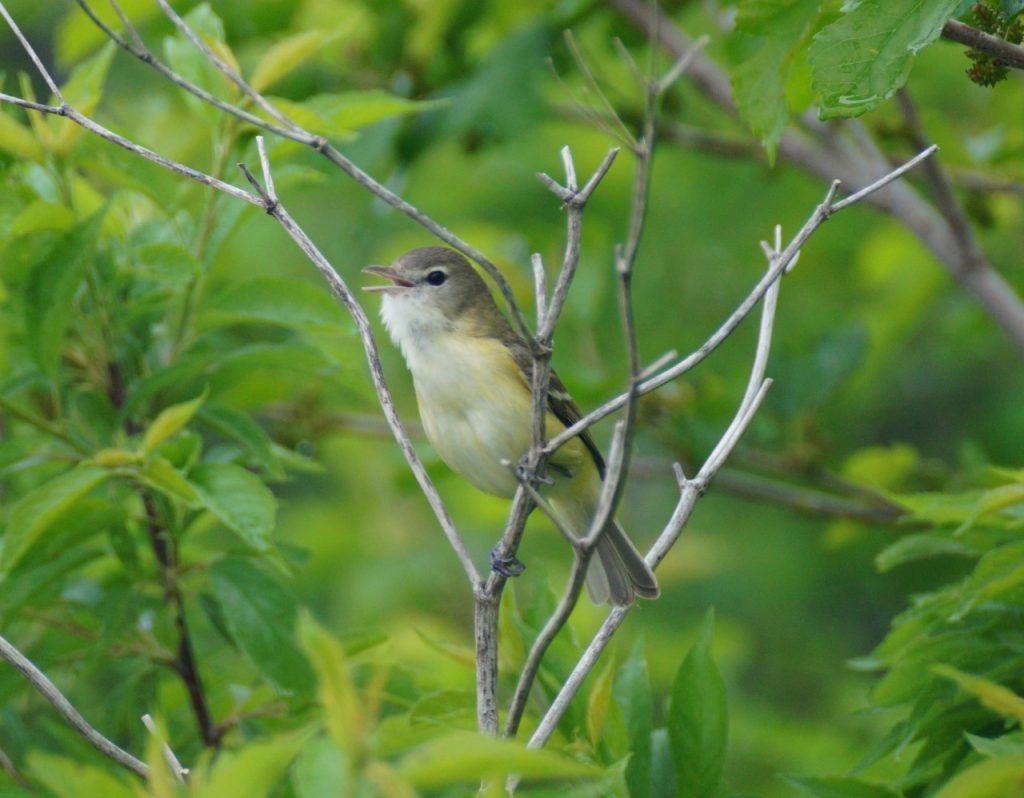
The post While at Home, Watch Birds appeared first on Nebraskaland Magazine.
















